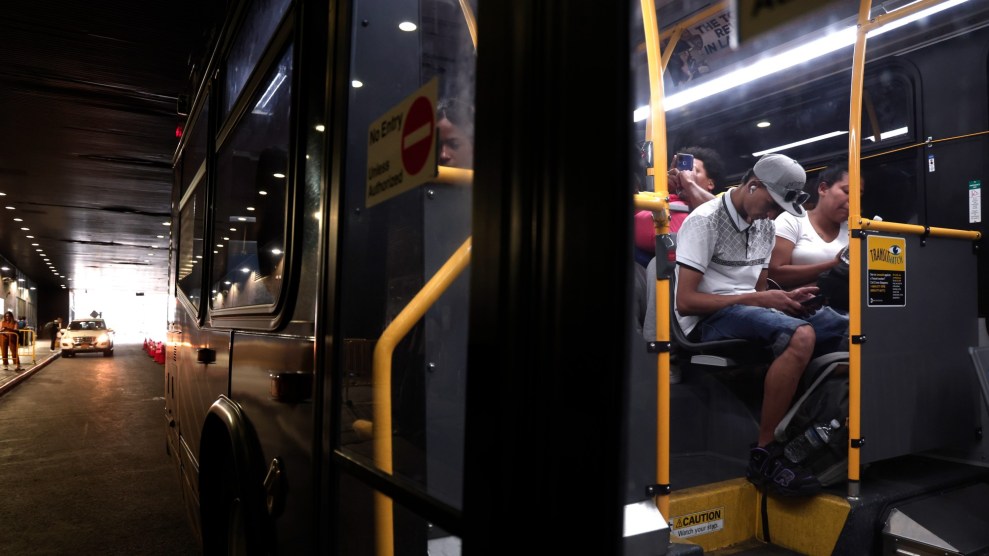
The average American is responsible for 10 to 23 tons of carbon dioxide emissions annually. A presidential front-runner’s campaign can generate that much in a day. Probably mindful of criticism of Al Gore’s energy-hungry mansion and jet-setting ways, the leading Democrats have been striving to reduce their environmental footprints. For Republicans, going green is not such a big priority.
Clinton Between July and September, her campaign emitted 969 tons of CO2 and bought $11,600 in carbon offsets from Native Energy, which invests in renewable energy sources such as solar, wind, and biomass.
Edwards In the first half of 2007, his campaign emitted 1,836 tons of CO2 and bought $22,000 in offsets from Native Energy. Sometimes rides in a hybrid Ford Escape and has never used an RV.
Obama Logs 16,380 miles each month on charter flights. Spent $892,000 between July and September flying on Air Charter Team, which includes offsets in its price. Back home, he sometimes drives a partly ethanol-fueled GMC Yukon.
Kucinich Flies commercial and rides public transit when possible. His campaign wants to roll out energy-efficient, vegetable-oil-cooled computers housed in Plexiglas tanks. No, really.
Dodd Emits 61 tons of CO2 per month, but, to be safe, buys 88 tons’ worth of offsets from carbonfund.org, which invests in renewables and forests. Uses two hybrid Ford Escapes instead of an RV.
McCain Rides the “No Surrender” bus. The nearly broke candidate flies commercial when possible. The campaign asked its landlord in Arlington, Virginia, to shut off the AC when its HQ is empty.
Romney His campaign notes that it recycles and uses mugs instead of paper cups. Woohoo!
Giuliani Campaign rep: “I used to work for Schwarzenegger and was asked this question all the time. No one has asked me this question since I started working for Giuliani.”
Paul Did not return our calls. Does spam have a carbon footprint?
Thompson Mother Jones: We are researching the candidates’ environmental impact and what they are doing to minimize their footprints.
Campaign rep: [Silence.]
MJ: For instance, some candidates are buying carbon offsets.
CR: Are those Republican campaigns that are buying offsets?
MJ: No.
CR: [Silence.] I’m afraid I’m not going to have much for you. Let me look into it.













